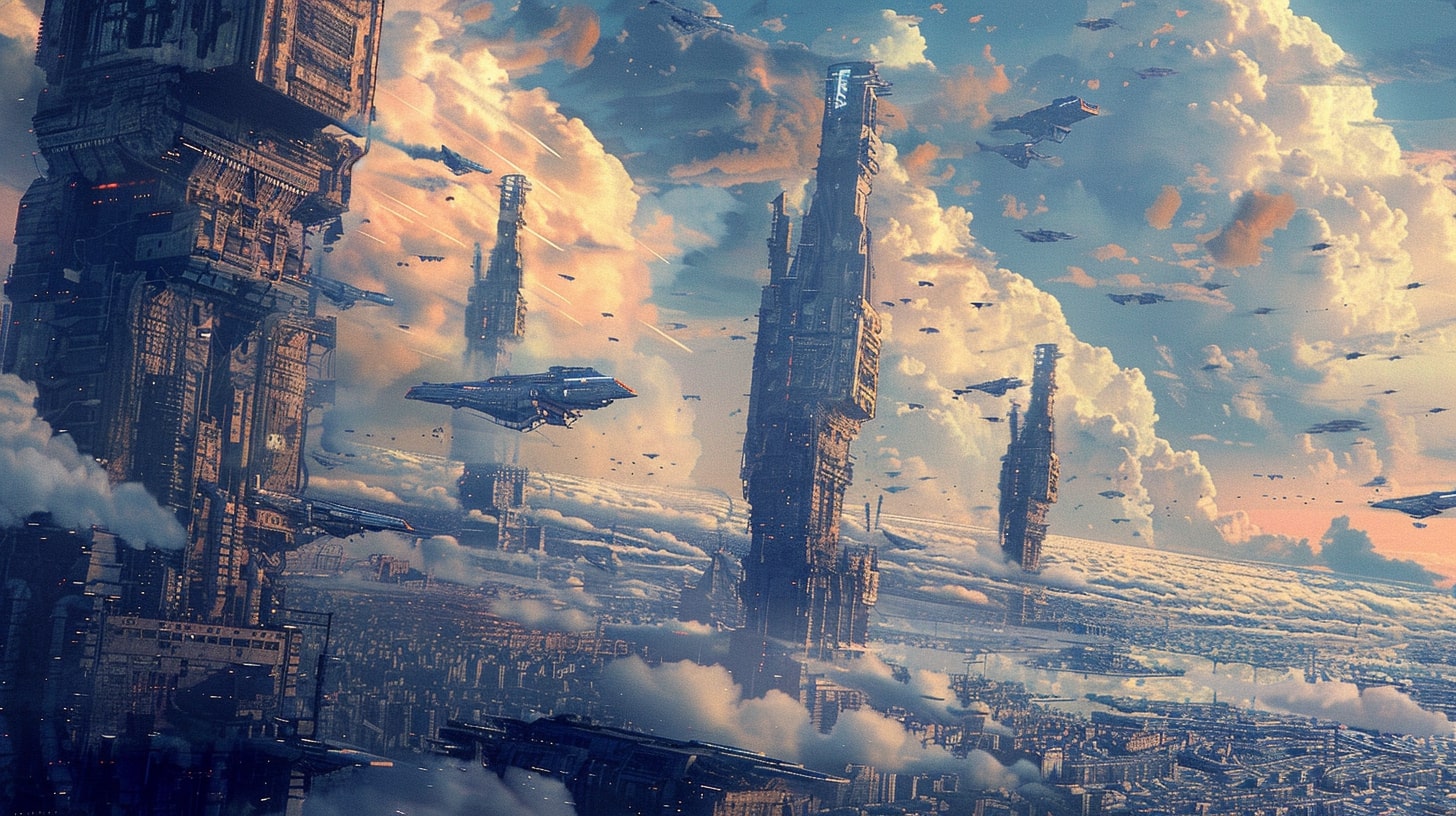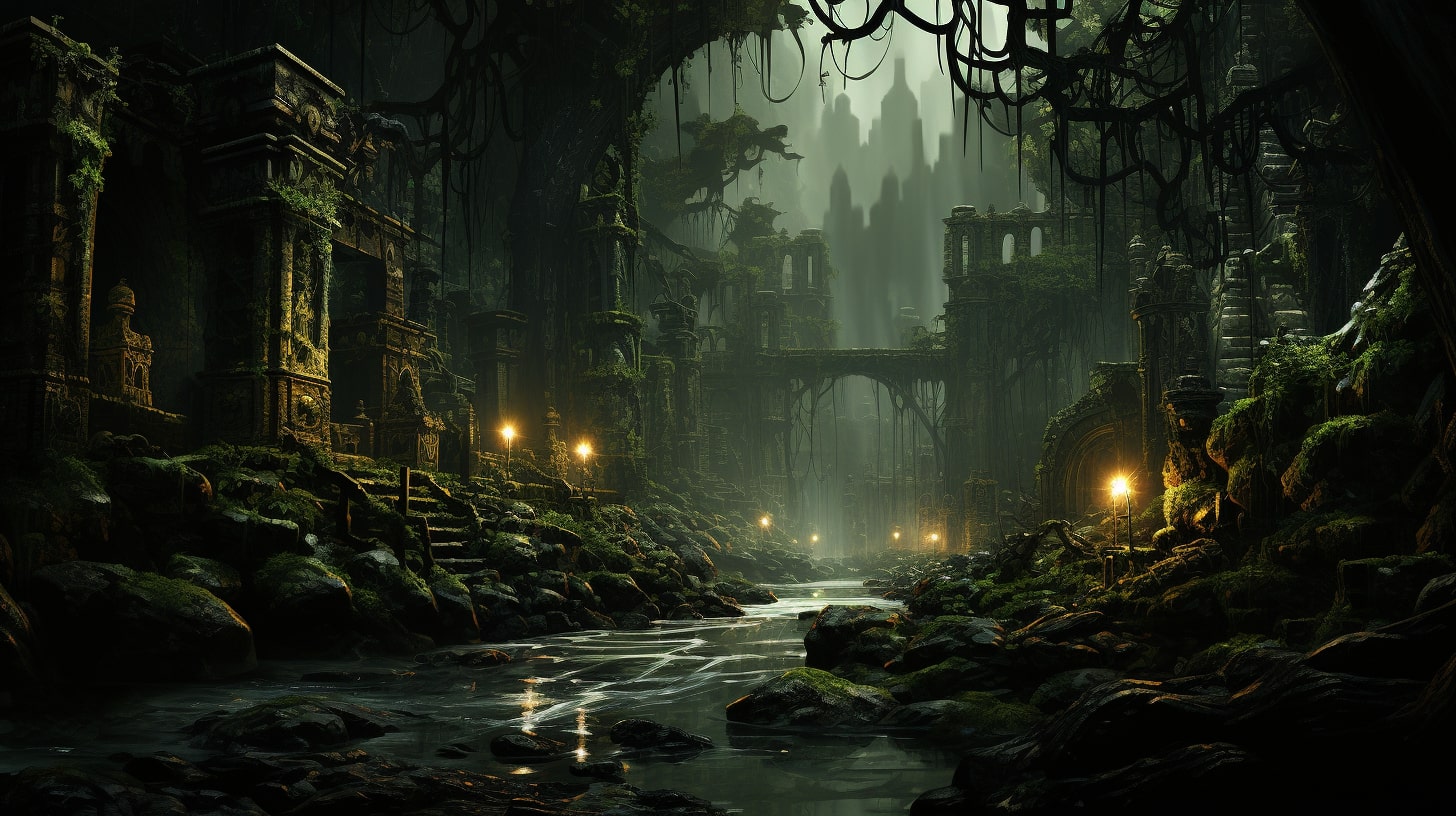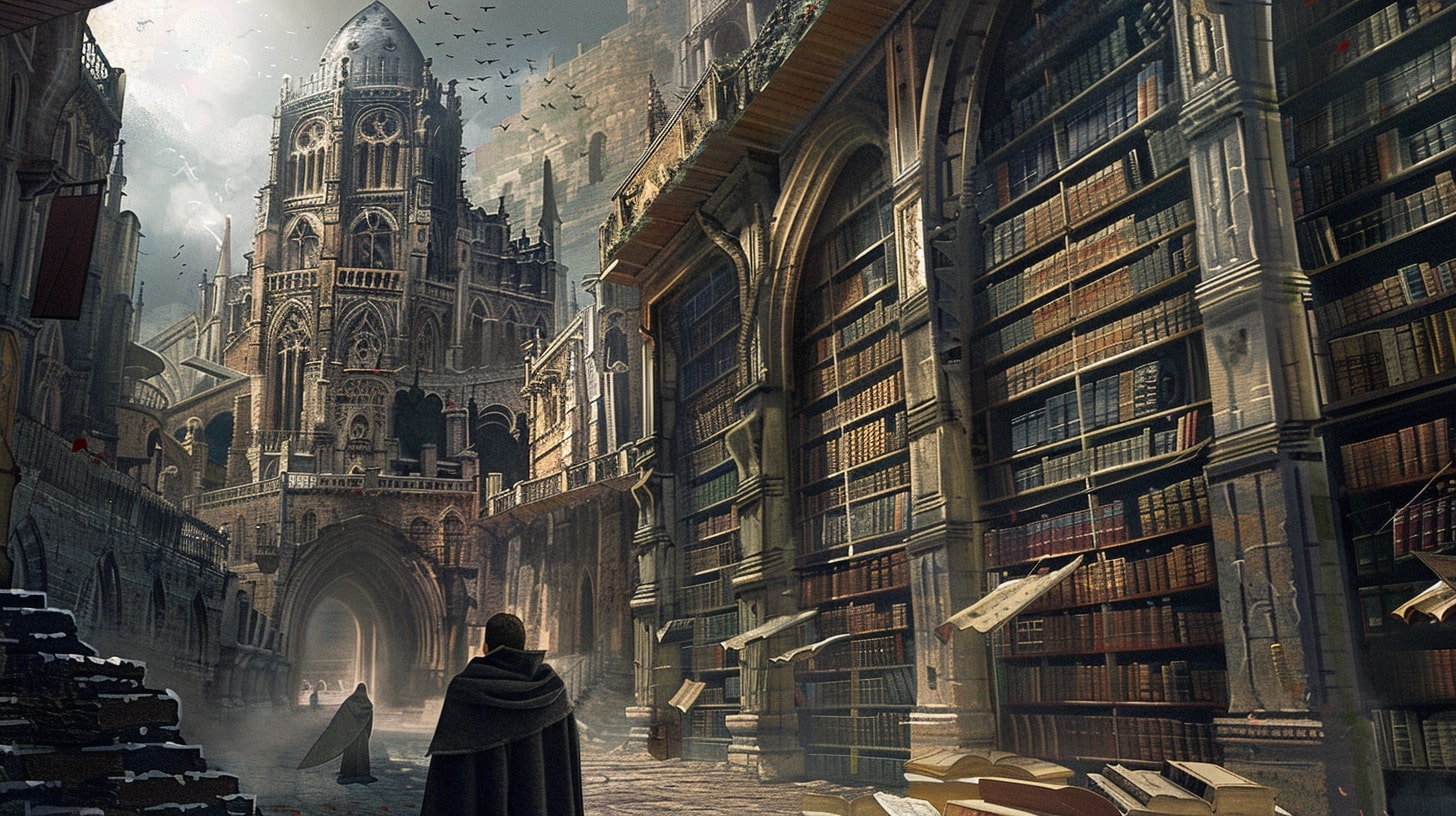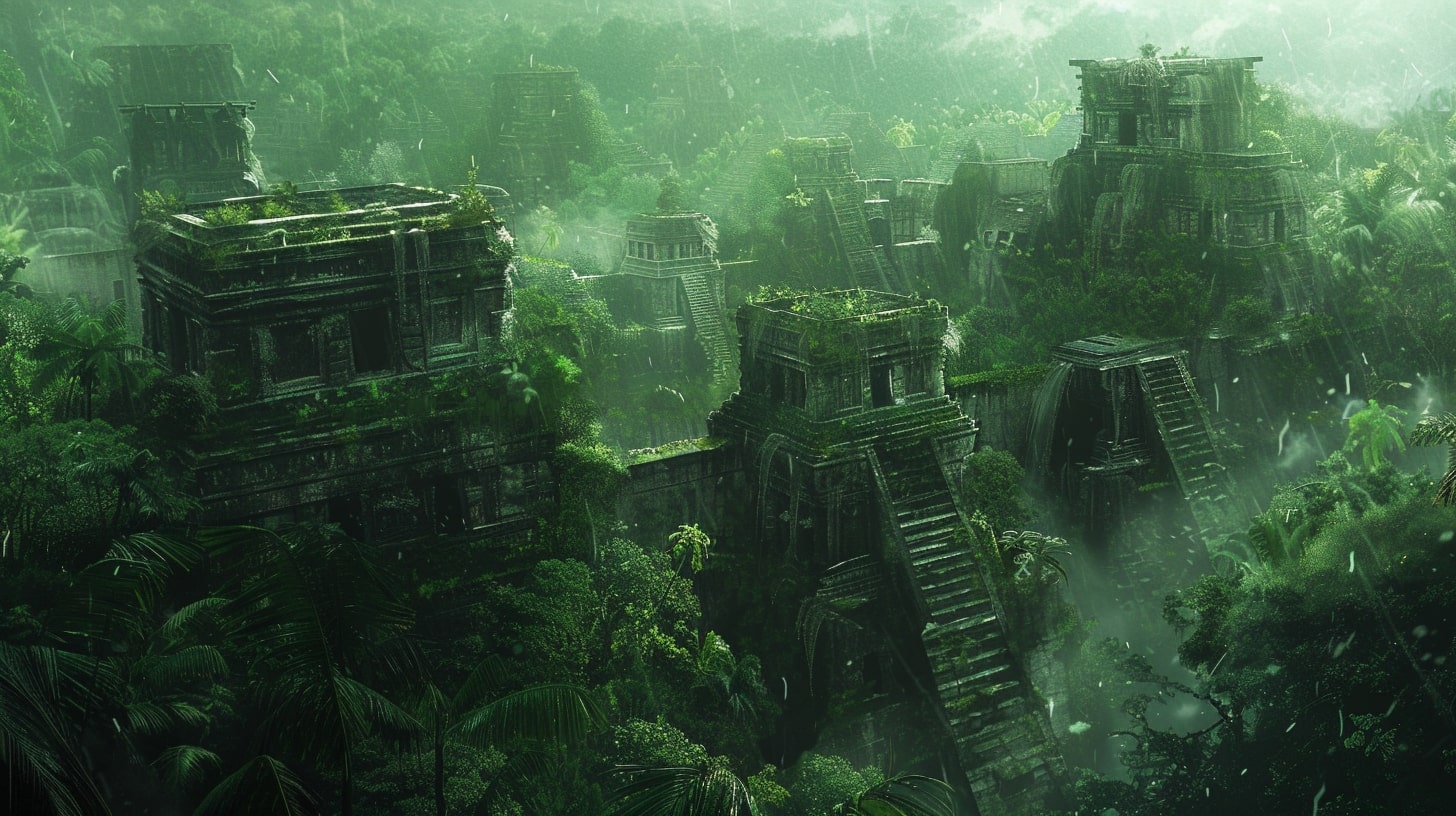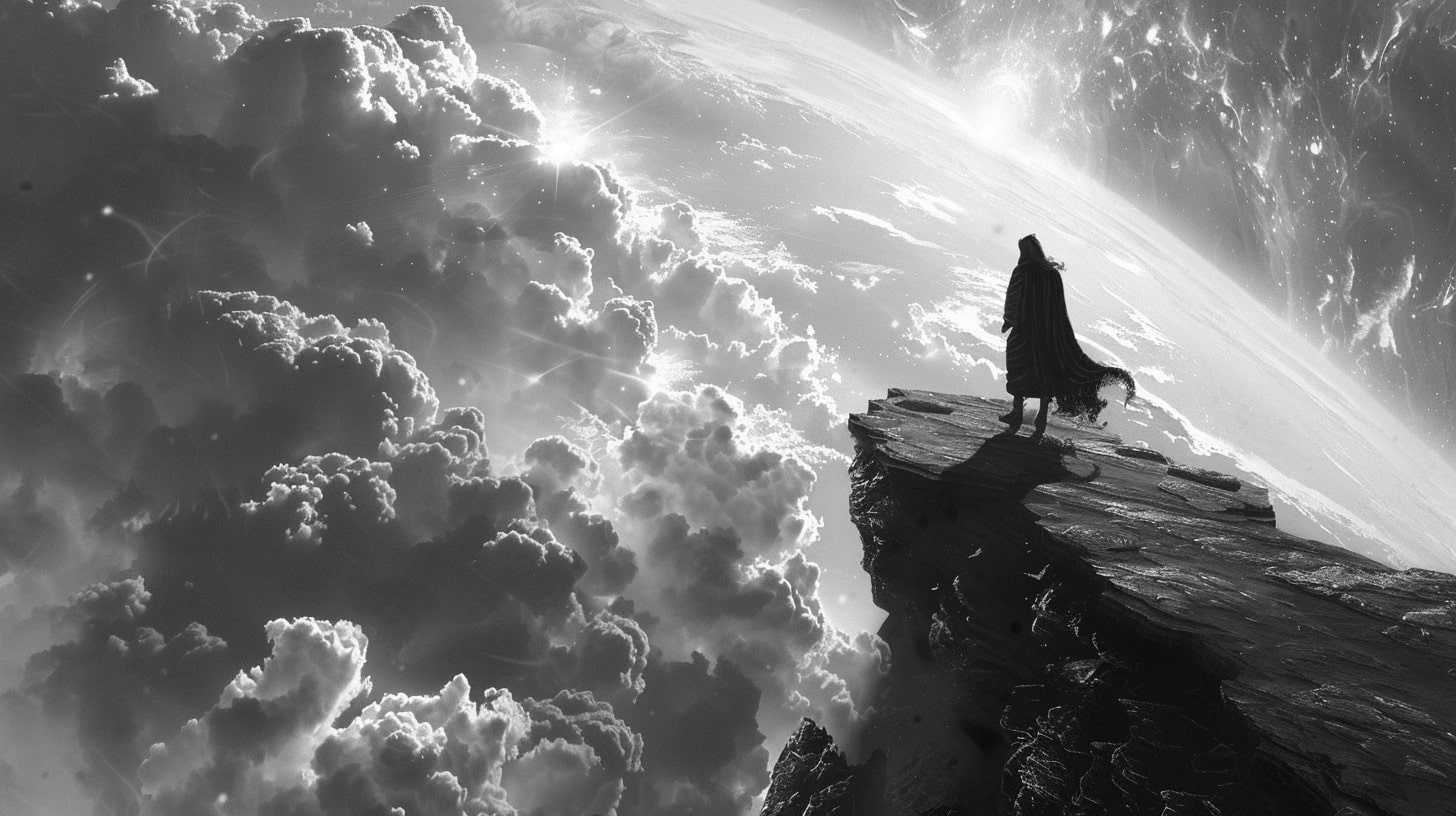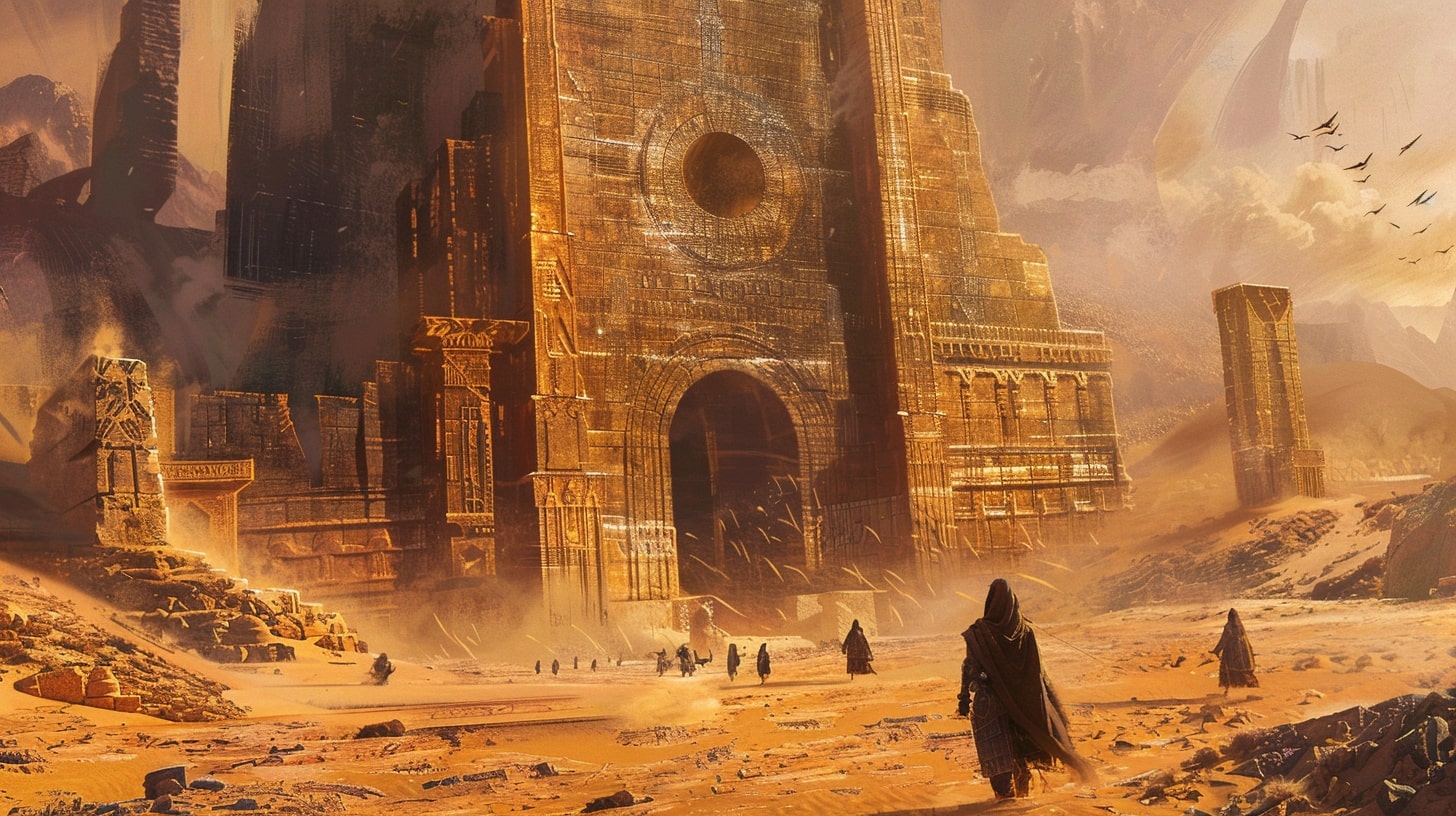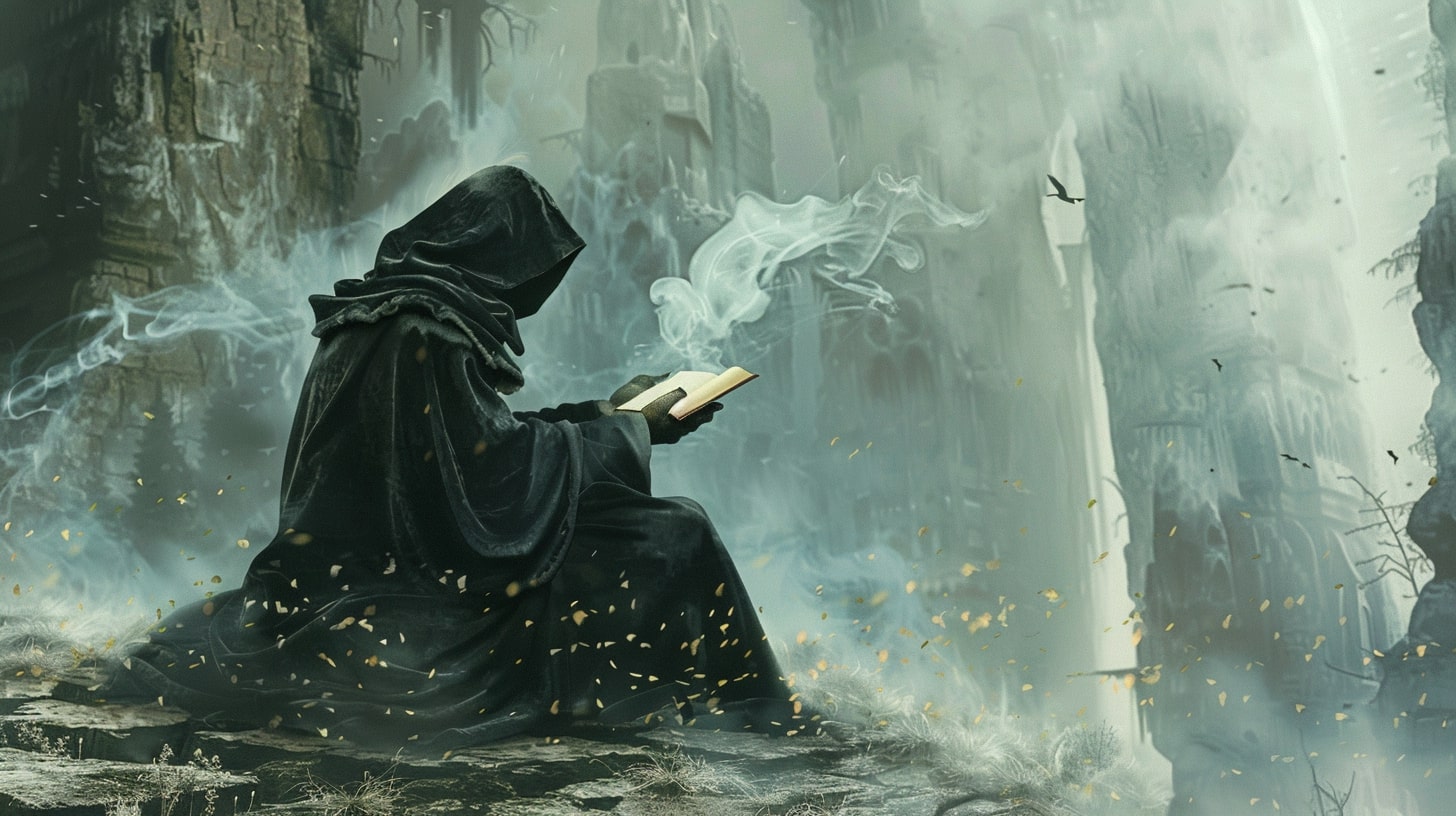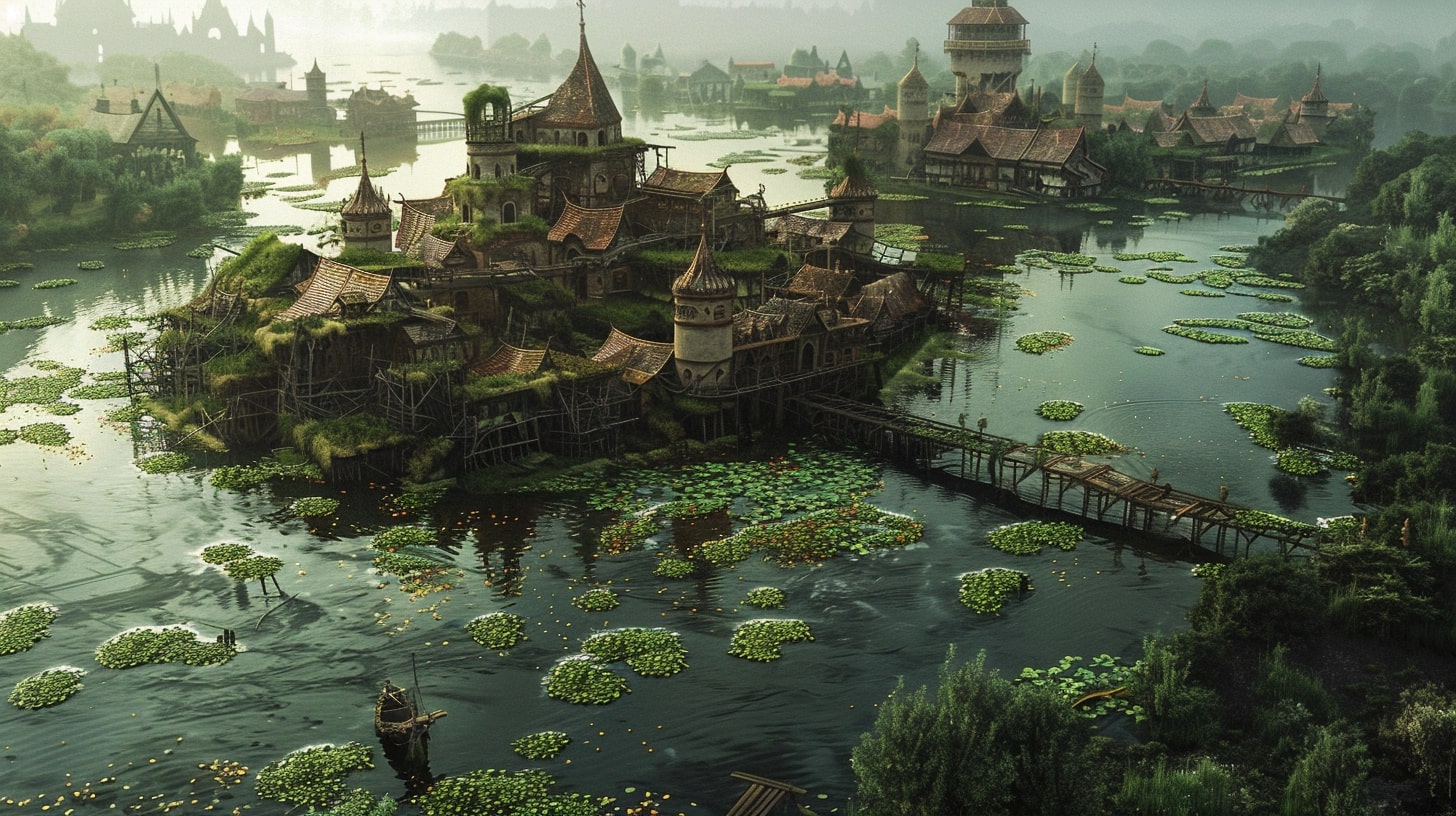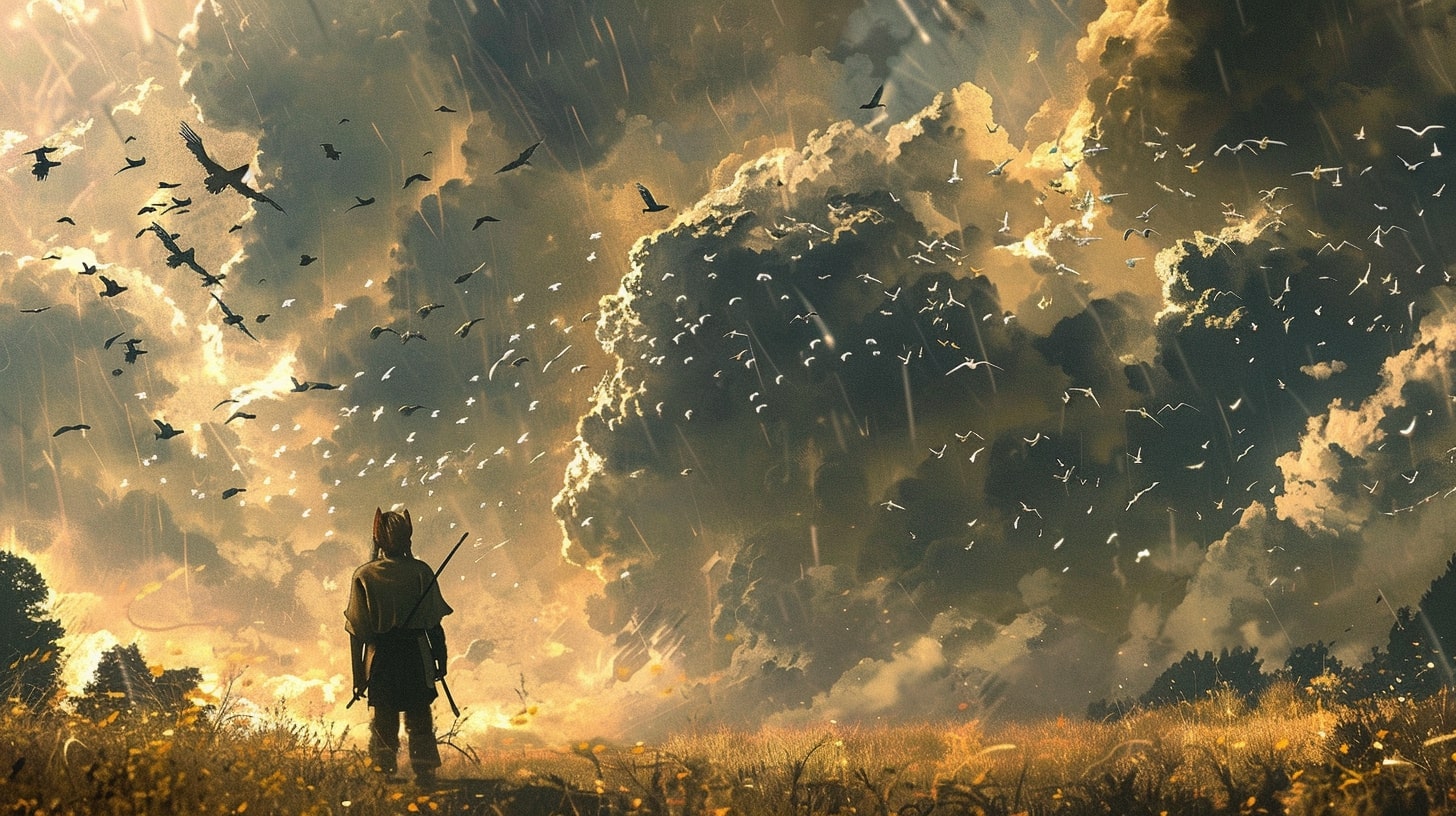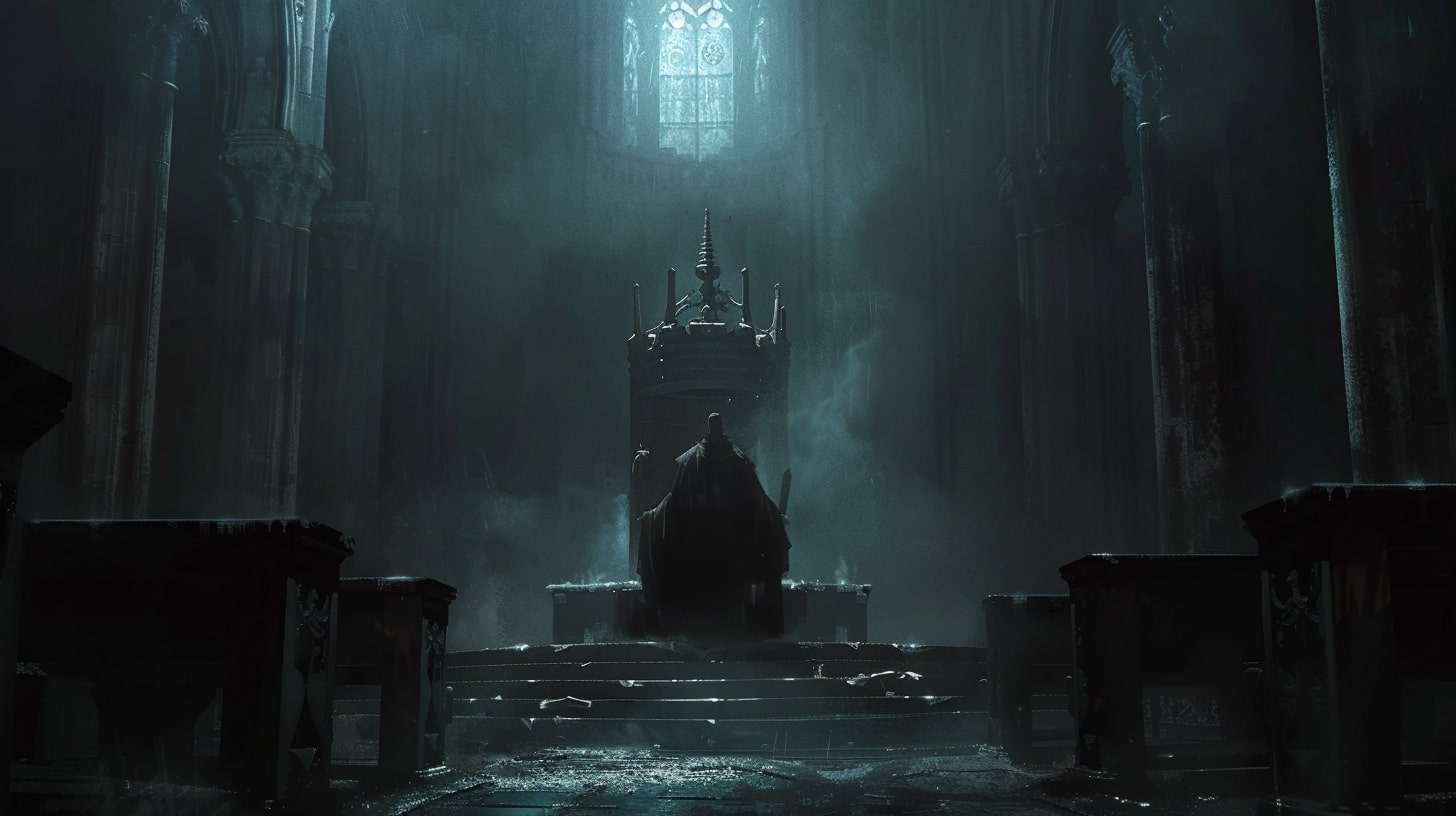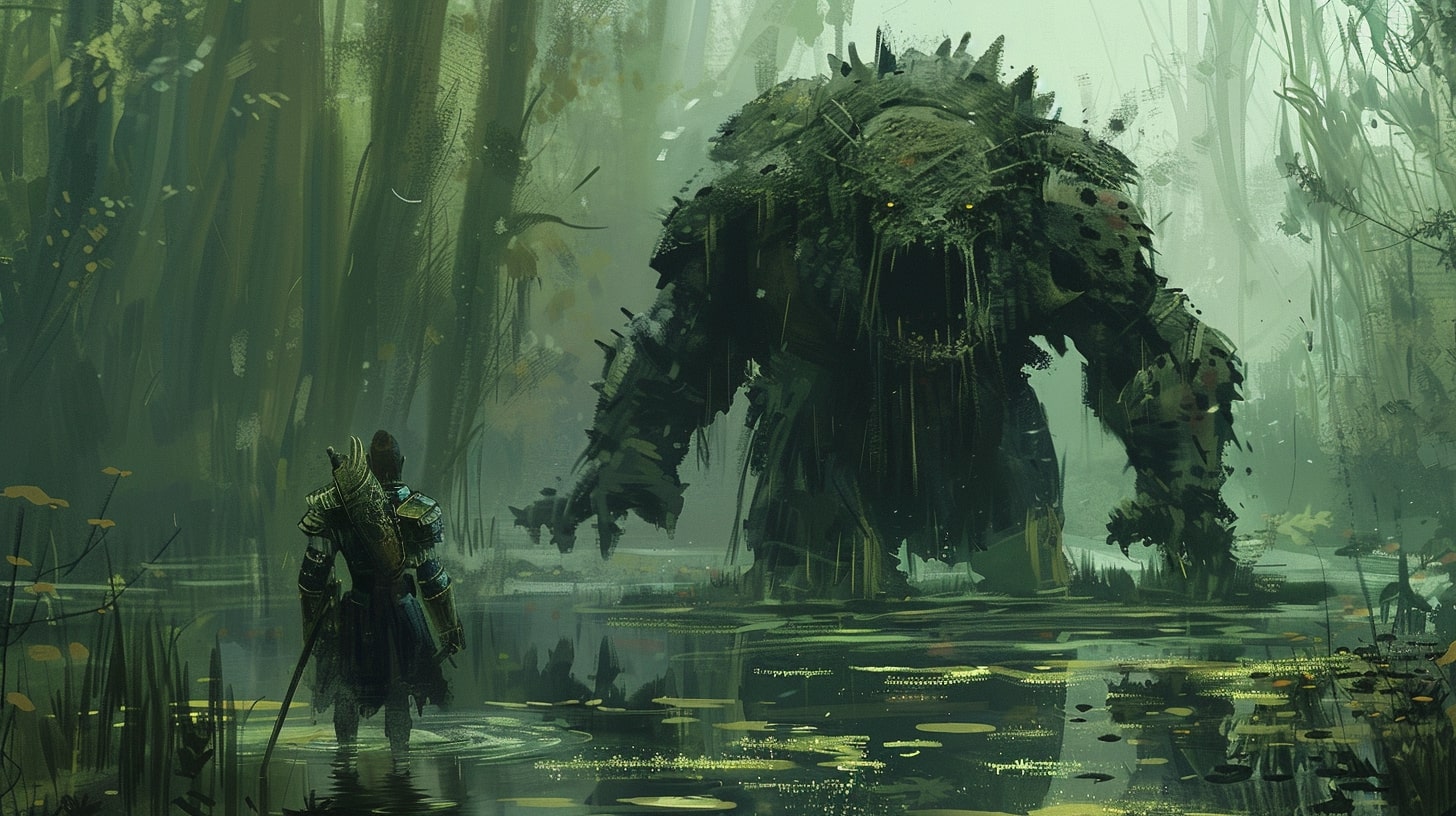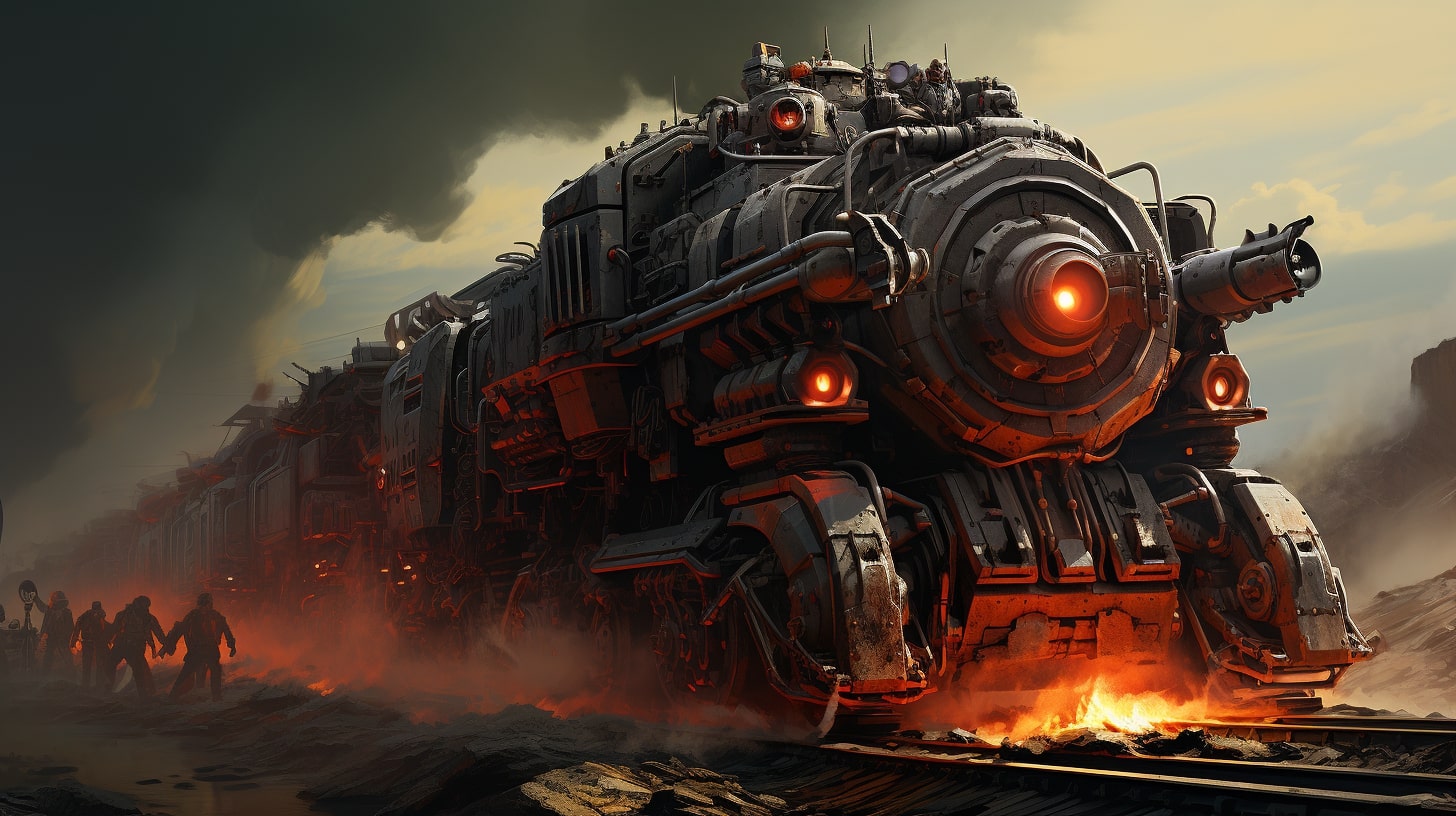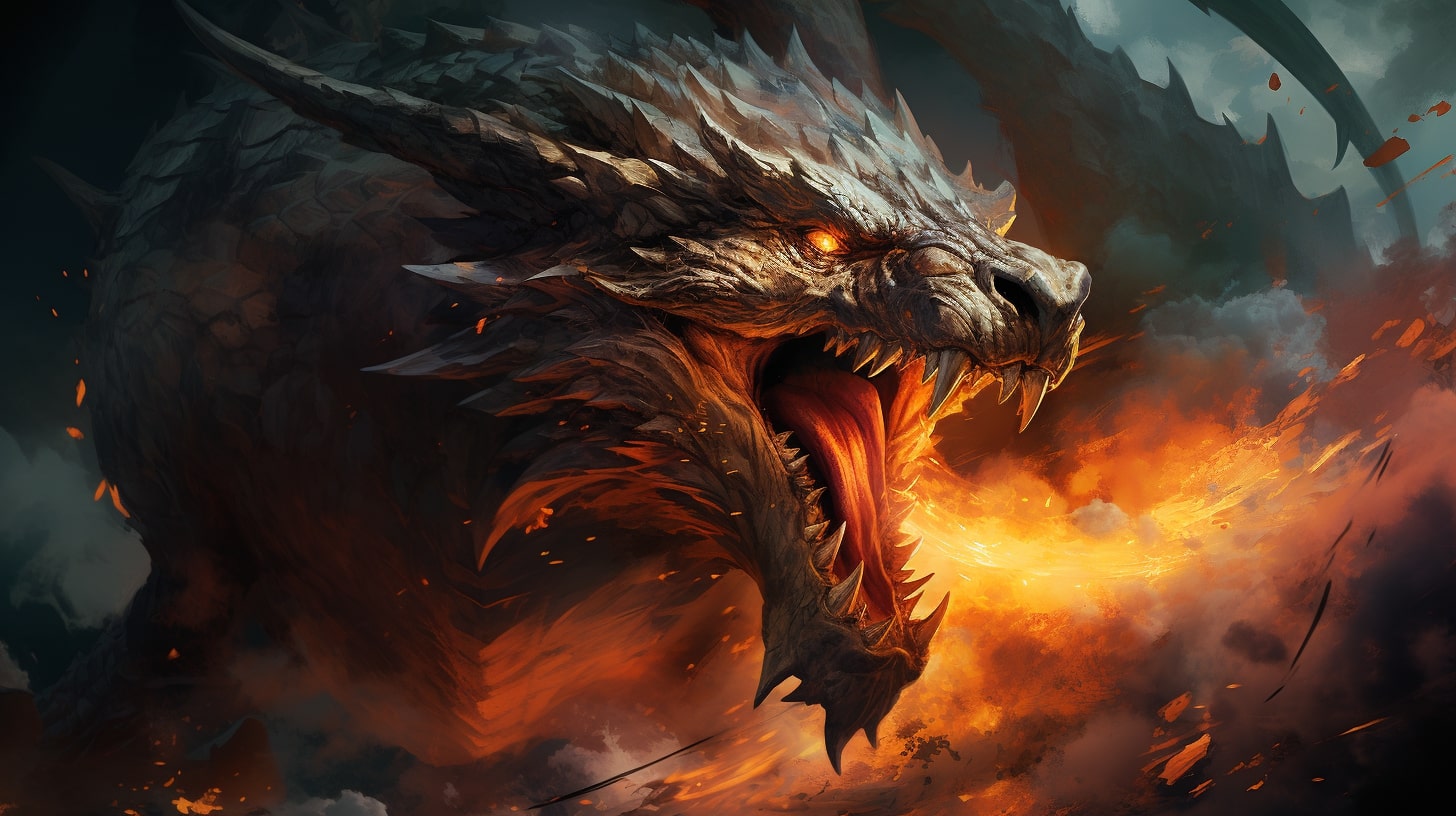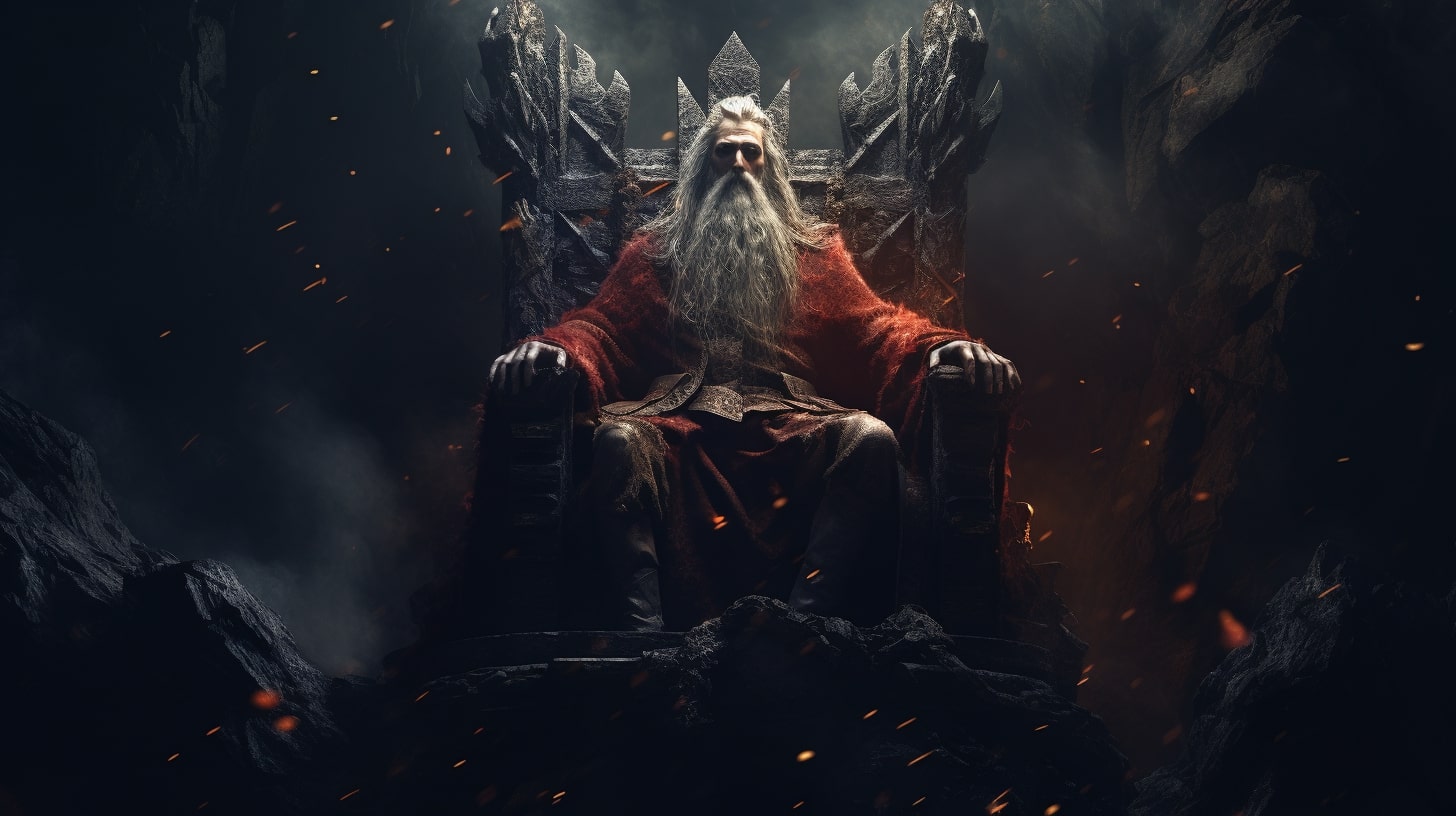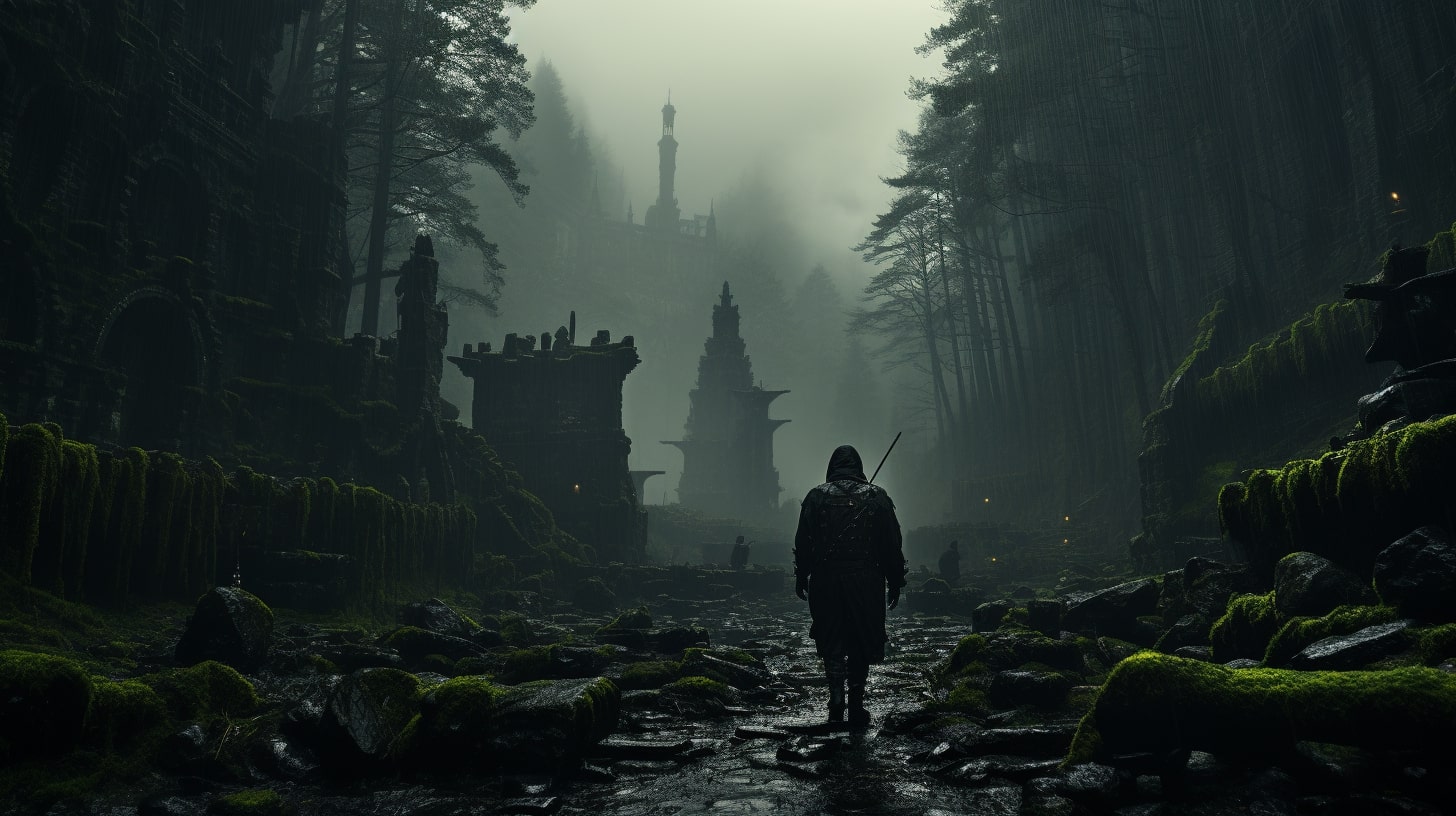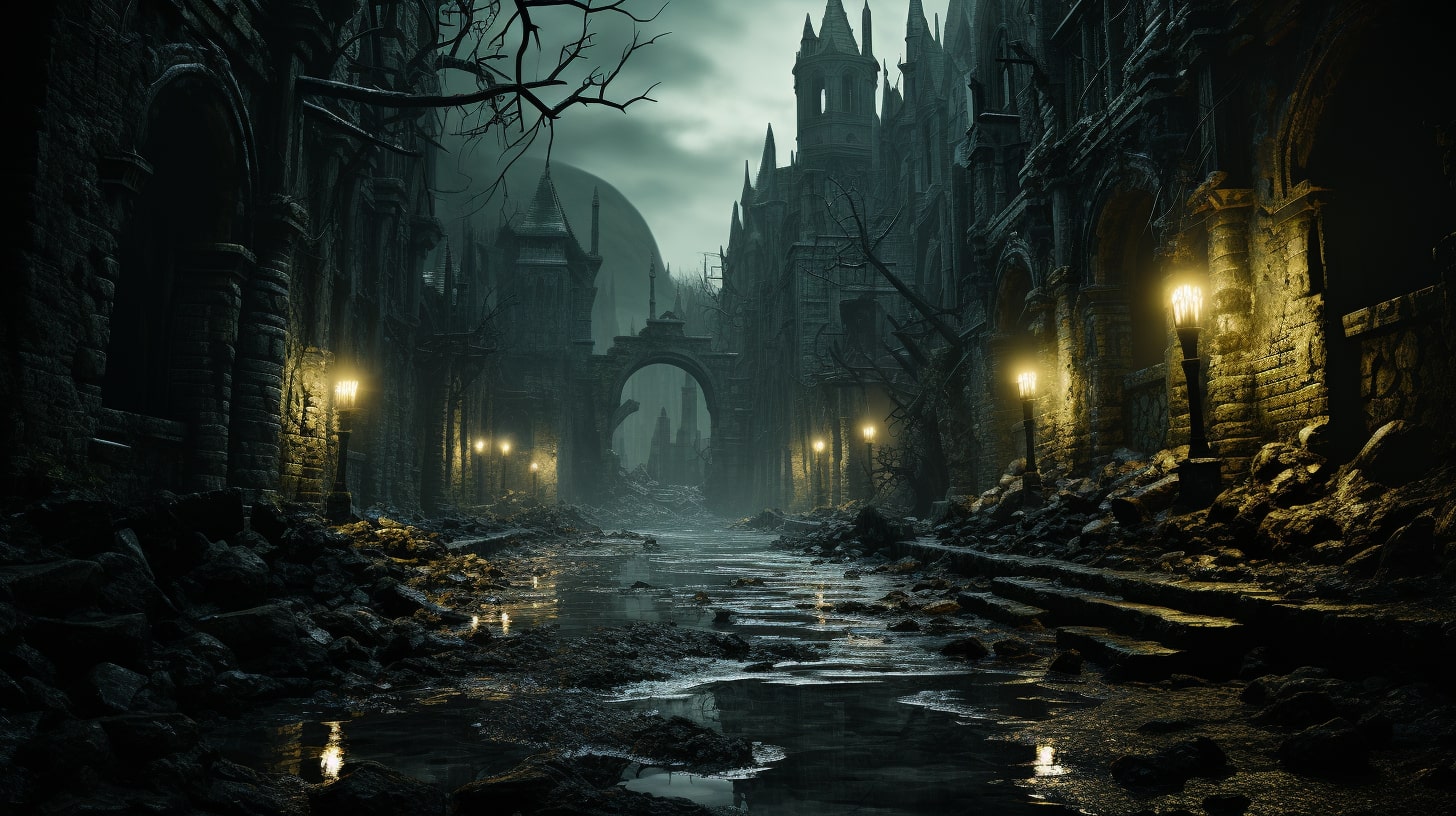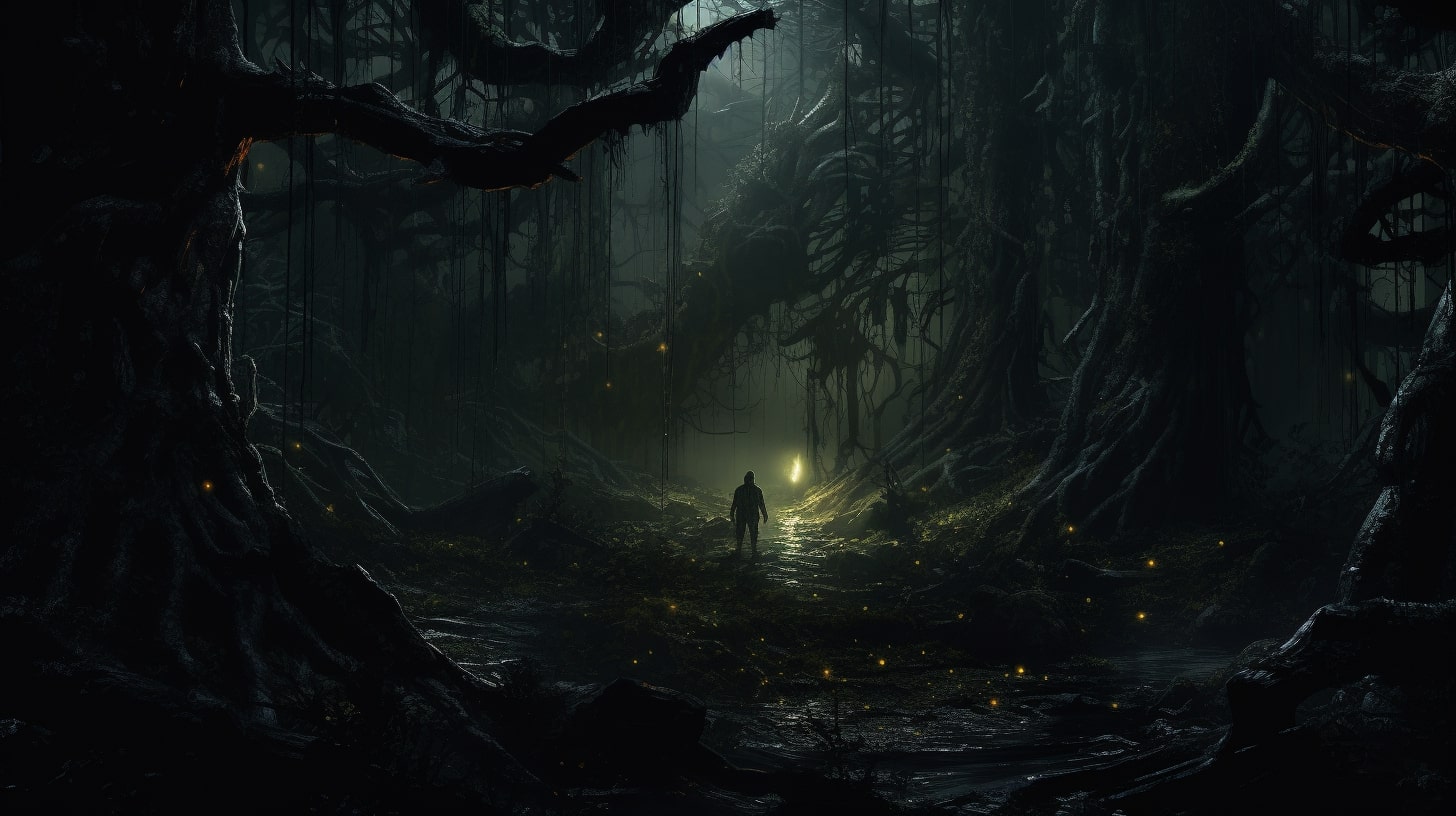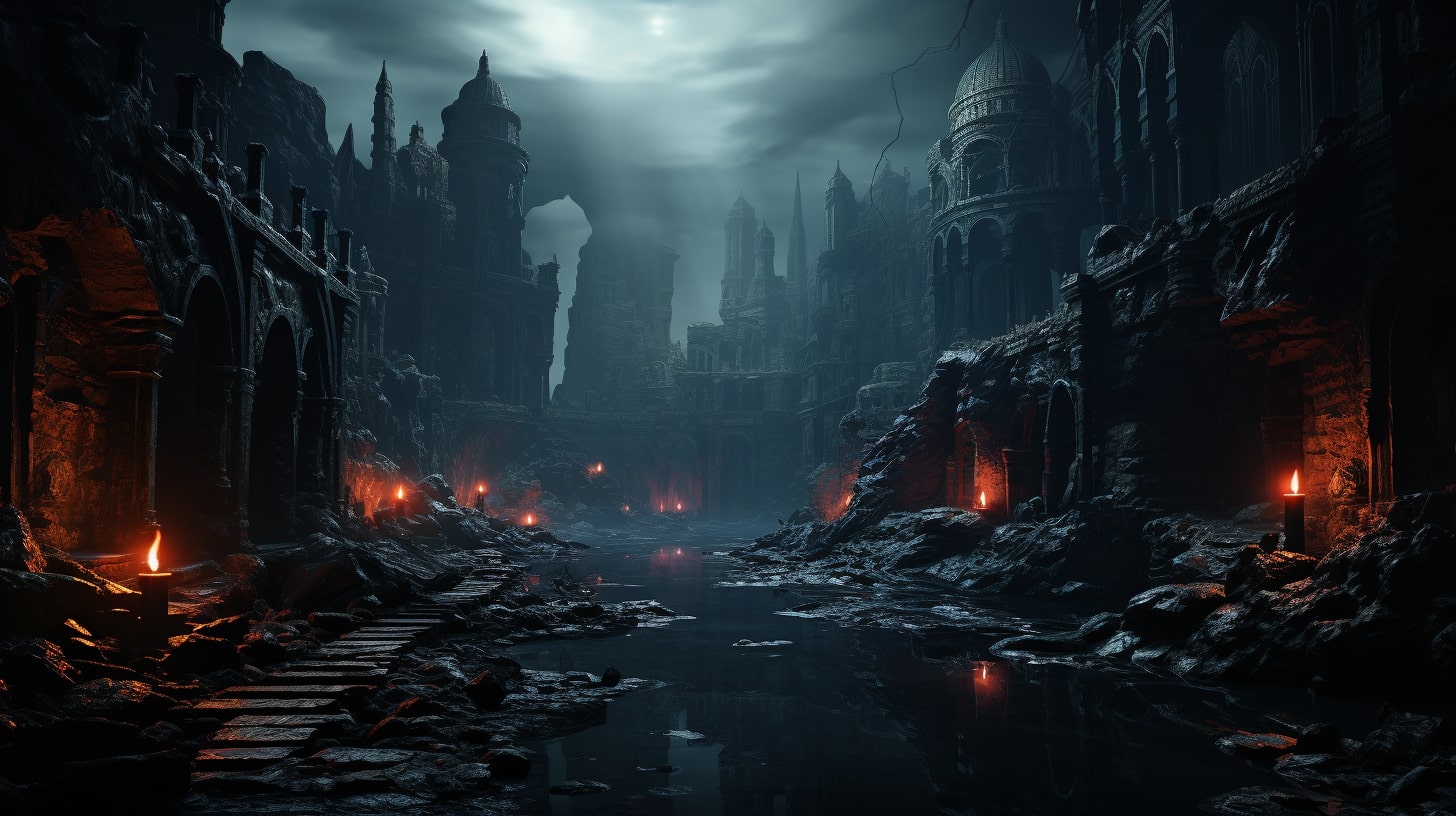As a fantasy author, worldbuilding is an essential skill that allows you to create rich and immersive fictional realms for your readers to explore.
It is the process of constructing detailed and believable settings, complete with their own cultures, histories, and landscapes. While The Lord of the Rings is renowned for its amazing character development, it might be even more loved for the world in which the stories take place.
It might not seem possible to craft a world as J.R.R. Tolkien has done but worldbuilding is like a muscle. And like many other things the more you practice the better you get at it.
This is where worldbuilding exercises can come in very handy.
Using Worldbuilding Exercises to Expand Your Creativity
Worldbuilding is the act of constructing an imaginary universe or setting for your story. It involves carefully crafting every aspect of this world, from its geography and climate to its societies, religions, and magic systems.
By building a fully realized and cohesive world, you create a backdrop that enhances the narrative and engages your readers on a deeper level.
The process of worldbuilding encourages you to think beyond the plot and characters, allowing you to create a living and breathing world that feels authentic and captivating. This can include developing unique languages, creating intricate political systems, and designing fantastical creatures.

The possibilities are endless!
To help you dive into the world of worldbuilding, you can explore various worldbuilding exercises that will guide you through the process of creating different elements of your fictional world.
These exercises will spark your creativity and help you develop a well-rounded and immersive setting that will captivate your readers.
The Importance of Worldbuilding in Fantasy Writing
In the realm of fantasy writing, worldbuilding plays a vital role in shaping the narrative and engaging the reader’s imagination. A well-developed world can transport readers to a place of wonder and excitement, allowing them to fully immerse themselves in the story.
By constructing a detailed and believable world, you provide a solid foundation for your characters to interact with their surroundings, navigate social hierarchies, and embark on epic adventures.
The rich tapestry of your created world adds depth and complexity to your storytelling, making it all the more compelling.

Moreover, worldbuilding enables you to explore themes, cultures, and ideologies that may mirror or diverge from our own reality. It allows you to examine social structures, address political issues, and delve into the complexities of human nature in a context that is entirely of your own making.
By incorporating worldbuilding into your writing process, you create a unique and captivating experience for your readers.
The more thought and care you put into constructing your world, the more your readers will be drawn into its intricacies and fall in love with the fictional reality you have crafted.
Now that you have a foundation in the art of worldbuilding, let’s delve into a series of exercises that will guide you through the process of creating different aspects of your imaginary world.
By completing these exercises, you will unlock the full potential of your authorial skills and create a world that will captivate and enchant your readers.

Worldbuilding Exercises
If you’re a fantasy author looking to create vivid and immersive worlds for your stories, engaging in worldbuilding exercises can be a highly valuable practice. These exercises help you develop various aspects of your fictional world, allowing you to create a rich and believable setting for your characters and plot.
Here are three essential worldbuilding exercises to get you started:
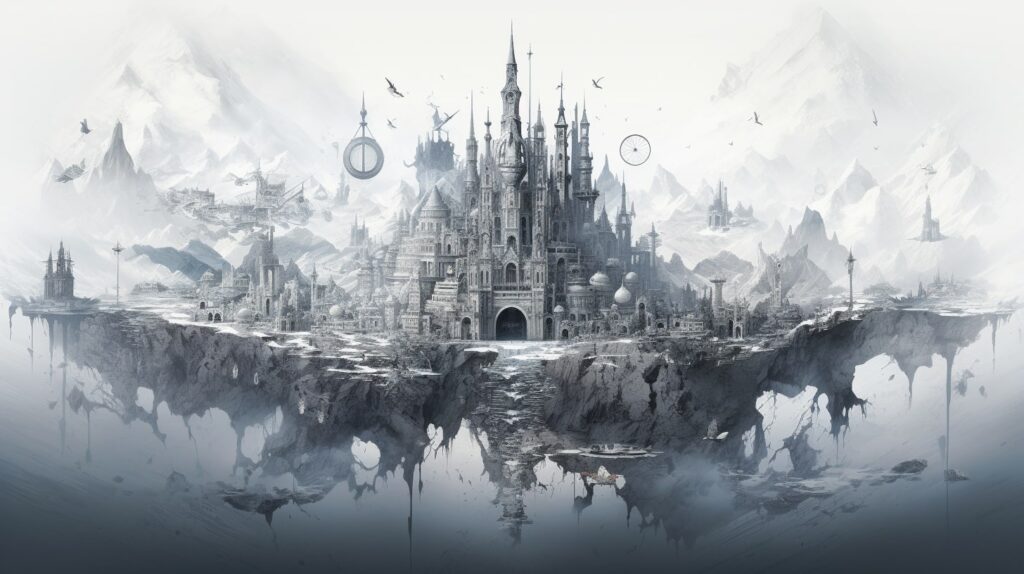
Exercise 1: Creating a Map
A map is a fundamental tool for visualizing and understanding the geography of your fictional world. By creating a detailed map, you can establish the locations of cities, landmarks, and natural features, such as rivers, mountains, and forests.
This exercise helps you visualize the spatial relationships between different regions and provides a foundation for your story’s setting.
Consider the climate, terrain, and resources of each region as you design your map. Reflect on how these factors might influence the cultures, economies, and conflicts within your world. For inspiration and tips on creating maps, check out our article on worldbuilding maps.
Exercise 2: Developing Cultural Norms and Traditions
One of the key elements that bring a fictional world to life is its diverse cultures and societies. Developing cultural norms, traditions, and social structures adds depth and authenticity to your world. Consider the values, customs, and rituals that define different groups within your world.
Explore elements such as language, clothing, cuisine, and art to further immerse your readers in the unique cultures you create. While it’s essential to avoid cultural stereotypes, drawing inspiration from real-world cultures can provide a starting point for crafting your own. For more guidance on worldbuilding cultures, visit our article on worldbuilding cultures.
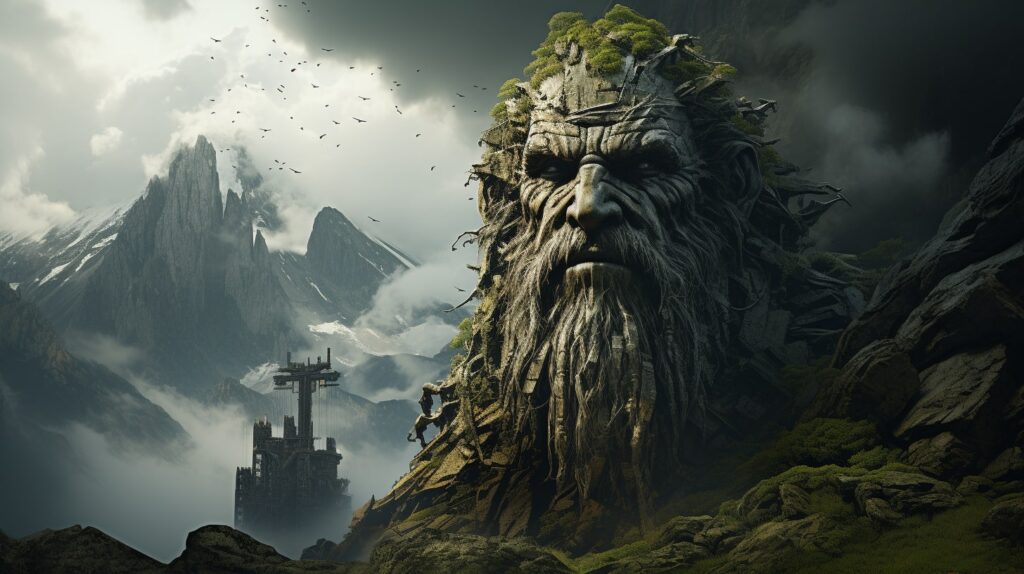
Exercise 3: Designing a Unique Magic System
Magic is a staple of many fantasy worlds, and designing a unique and consistent magic system can add intrigue and wonder to your story. Consider the rules, limitations, and sources of magic within your world. How is magic accessed? Are there specific rituals or incantations? Does magic come from within or is it external?
Developing a magic system involves considering the impact of magic on society, power dynamics, and potential conflicts. A well-defined magic system can offer endless possibilities for plot development and character arcs. For more insights and inspiration on creating magic systems, check out our article on worldbuilding magic systems.
By engaging in these worldbuilding exercises, you can craft a vibrant and believable world for your fantasy story. Remember to consider various aspects of your world, such as geography, culture, and magic, to create a cohesive and immersive experience for your readers. For further resources and guidance on worldbuilding, explore our collection of worldbuilding resources.

Exercise 4: Building a Political Structure
As you delve deeper into worldbuilding exercises, it’s important to consider the political structure of your fictional world. The way power is distributed, the types of governments, and the dynamics of governance can greatly impact your story and the characters within it.
When building a political structure, consider the following elements:
- Type of Government: Determine the type of government that exists in your world. Is it a monarchy, a democracy, an oligarchy, or something entirely different? Each type of government comes with its own set of rules, hierarchies, and power dynamics.
- Leadership: Define how leadership positions are established and maintained. Are leaders elected, selected through hereditary lines, or chosen in some other manner? Consider the qualities and roles of leaders within your society.
- Political Parties and Factions: Explore the existence of political parties or factions within your world. These groups can provide conflict, alliances, and differing ideologies that shape the political landscape.
- Laws and Regulations: Establish the laws and regulations that govern your world. Consider how they are enforced, the consequences of breaking them, and the influence they have on different segments of society.
- International Relations: Think about how your world interacts with other nations or entities. Are there alliances, trade agreements, or conflicts? Consider the impact of these relationships on the political structure of your world.
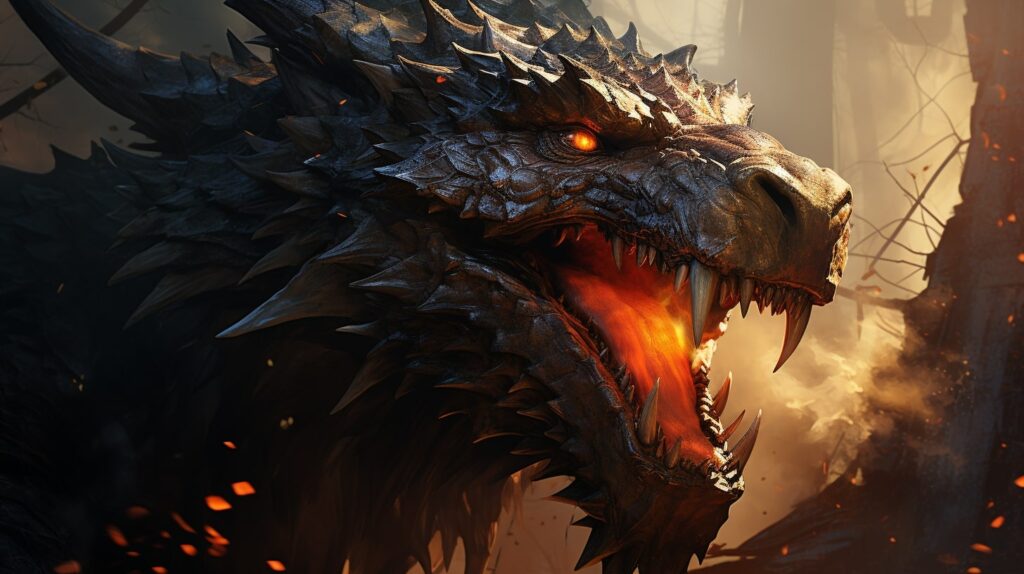
Exercise 5: Crafting Flora and Fauna
To make your world come alive, it’s essential to give careful thought to the flora and fauna that inhabit it. These elements contribute to the overall ecology and create a sense of realism and depth.
When crafting flora and fauna, consider the following:
- Plant Life: Create a diverse range of plants, from towering trees to delicate flowers. Consider their characteristics, such as color, shape, and scent, as well as their uses by the inhabitants of your world.
- Animal Life: Populate your world with a variety of animals, both mundane and fantastical. Think about their behaviors, habitats, and interactions with each other and the environment.
- Ecosystems: Develop different ecosystems within your world, such as forests, deserts, mountains, or underwater realms. Consider how flora and fauna coexist and depend on each other within these ecosystems.
- Magical Creatures: If your world includes magical elements, incorporate magical creatures that are unique to your setting. These creatures can add a sense of wonder and mystery to your world.
- Interactions with Characters: Think about how the flora and fauna interact with your characters. Are there creatures that pose a threat? Are there plants with medicinal properties? These interactions can create opportunities for conflict, survival, and discovery.
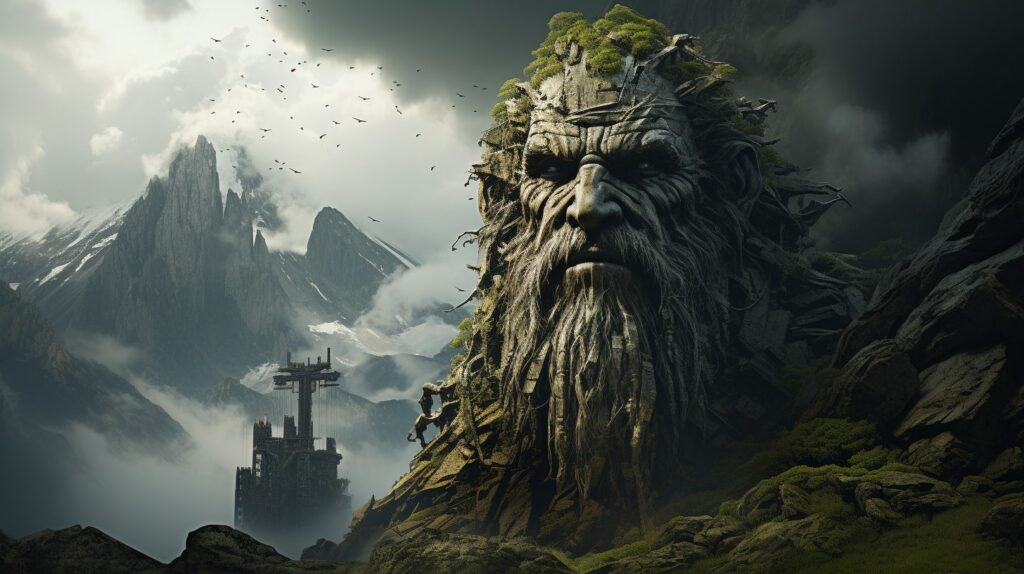
Exercise 6: Establishing Historical Events and Legends
To give depth and richness to your world, it’s important to establish historical events and legends that shape its past and influence the present. These events and stories can provide context for your characters and help shape their motivations and beliefs.
When establishing historical events and legends, consider the following:
- Key Historical Events: Identify significant events that have occurred in your world’s history. These events can include wars, revolutions, discoveries, or the rise and fall of civilizations. Think about the impact they had on society, culture, and the current state of your world.
- Legends and Myths: Create legends and myths that are passed down through generations. These stories can explain natural phenomena, teach moral lessons, or glorify heroic figures. They add depth and cultural richness to your world.
- Heroes and Villains: Develop legendary figures who are revered or feared in your world. These characters can be larger than life, representing ideals or embodying the darkest aspects of humanity. Explore their stories and the impact they have had on your world.
- Historical Artifacts and Sites: Establish artifacts and sites that hold historical significance. These can include ancient relics, ruins of past civilizations, or sacred places. They provide a tangible connection to the past and can be sought after by characters in your story.
- Oral Tradition and Historical Records: Consider how historical events and legends are preserved and passed down through generations. Is there an oral tradition, written records, or a combination of both? Think about how knowledge of the past is transmitted and interpreted by different cultures.
By engaging in these worldbuilding exercises, you can create a rich and immersive world for your readers to explore. Building a political structure, crafting flora and fauna, and establishing historical events and legends will shape the unique aspects of your world and provide a solid foundation for your storytelling.
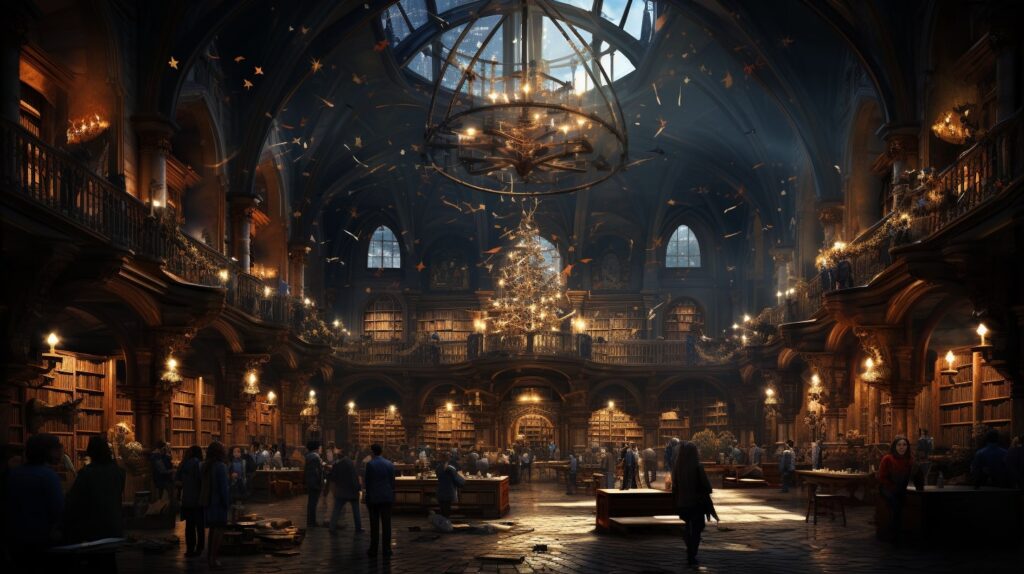
Exercise 7: Constructing Social Hierarchies
As you immerse yourself in the art of worldbuilding, it’s essential to consider the social hierarchies that exist within your fictional world.
Social hierarchies define the structure and relationships between individuals and groups, and they play a significant role in shaping the dynamics of your story.
By constructing well-thought-out social hierarchies, you can add depth and complexity to your world. Here are some exercises to help you get started:
- Developing Social Classes: Begin by creating different social classes within your world. Consider factors such as wealth, occupation, and birthright that contribute to the stratification of society. Think about how each class interacts with one another and the privileges or disadvantages associated with each social position.
- Defining Power Structures: Explore the sources of power and authority in your world. Determine who holds political influence, whether it’s through monarchy, democracy, or other systems. Consider the relationships between rulers and their subjects, as well as the mechanisms in place to maintain or challenge this power.
- Establishing Social Customs and Traditions: Social hierarchies often come with their own set of customs and traditions. Create rituals, ceremonies, and etiquette that reflect the values and beliefs of different social groups. These customs can help shape the behavior and interactions of characters within your story.
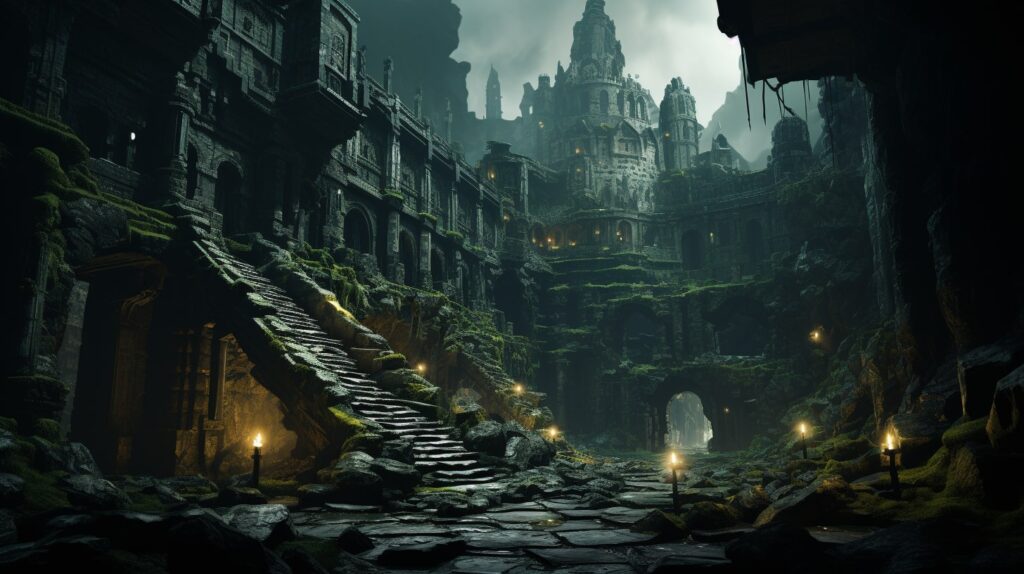
Exercise 8: Designing Architectural Styles
The architectural style of your world can provide valuable insights into its culture, history, and environment. Take some time to design the architectural styles that exist within your fictional realm. Consider the following exercises:
- Research Real-World Architectural Styles: Study different architectural styles from various cultures and time periods. Draw inspiration from ancient civilizations, medieval castles, futuristic designs, or any other architectural forms that resonate with the atmosphere you want to create.
- Align Architecture with Culture and Climate: Determine how the architecture in your world reflects aspects such as climate, available resources, and cultural values. For example, a desert-based society might utilize adobe or mud-brick structures, while a seafaring civilization may incorporate materials such as wood and shells.
- Differentiate Between Regions: Create distinct architectural styles for different regions within your world. This can help establish a sense of diversity and add depth to your storytelling. Consider how geographical features, historical events, and cultural differences can influence the architecture of each area.

Exercise 9: Exploring Climate and Geography
The climate and geography of your world are crucial in shaping its ecosystems, civilizations, and overall atmosphere. To effectively incorporate these elements into your worldbuilding, consider the following exercises:
- Map Out the Geography: Create a detailed map of your world, including landforms such as mountains, rivers, forests, and deserts. Determine how these geographical features impact the distribution of resources, the movement of people, and the formation of settlements.
- Define Climate Zones: Divide your world into different climate zones, each with its own weather patterns, temperature ranges, and ecological characteristics. Consider how these climate zones influence the flora, fauna, and overall lifestyle of the inhabitants.
- Explore Ecological Interactions: Investigate the relationships between climate, geography, and the living organisms in your world. Consider how the availability of food, water, and shelter influences the development of different species and ecosystems. This exercise can help you create a more realistic and immersive world.
By constructing social hierarchies, designing architectural styles, and exploring climate and geography, you can breathe life into your fictional world.
These exercises will not only enhance your storytelling but also provide a solid foundation for your characters and their interactions.
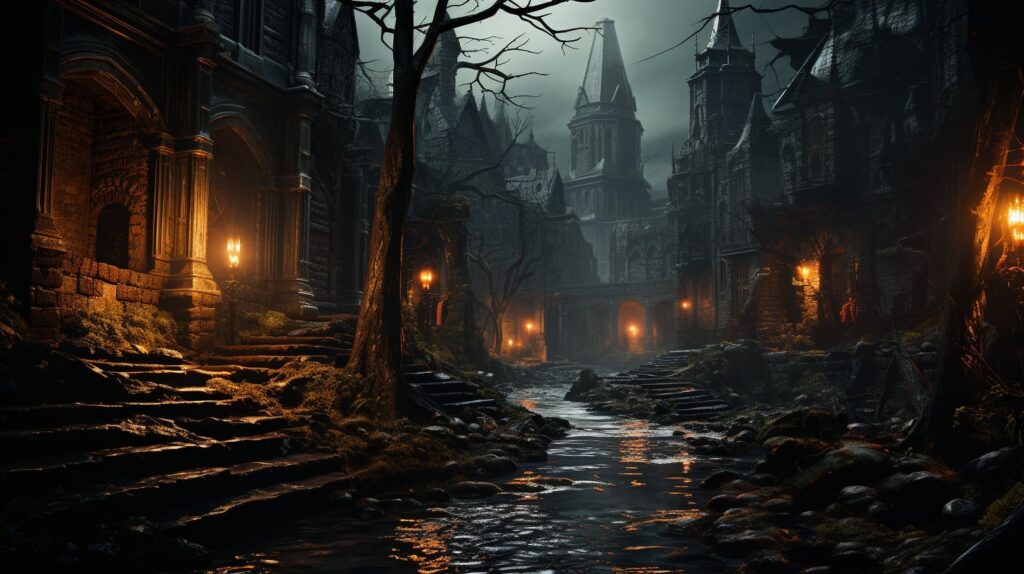
Bringing it All Together
Now that you’ve delved into various worldbuilding exercises, it’s time to bring it all together and incorporate worldbuilding into your writing process. By seamlessly integrating the richly developed world you’ve created, you can create a captivating and immersive reading experience for your audience. Here are some tips to help you along the way.
Incorporating Worldbuilding into Your Writing Process
To effectively incorporate worldbuilding into your writing process, start by immersing yourself in your created world. Understand its geography, climate, cultures, history, and more. This deep understanding will allow you to weave the details seamlessly into your narrative.
Consider creating a worldbuilding bible where you can compile all the information about your world, including maps, cultural norms, magical systems, and political structures. This reference document will serve as a handy resource as you write, ensuring consistency and coherence throughout your story.
While it’s important to have a well-developed world, it’s equally crucial to balance worldbuilding with storytelling. Avoid overwhelming readers with an excessive amount of information in the early stages of your story. Instead, reveal details organically as the plot progresses. This will keep readers engaged and curious to learn more about your world.
Make sure to consistently apply worldbuilding elements throughout your narrative. Consider how the environment, cultures, and history impact your characters’ behavior, motivations, and beliefs. By doing so, you create a cohesive and immersive experience that resonates with your readers.
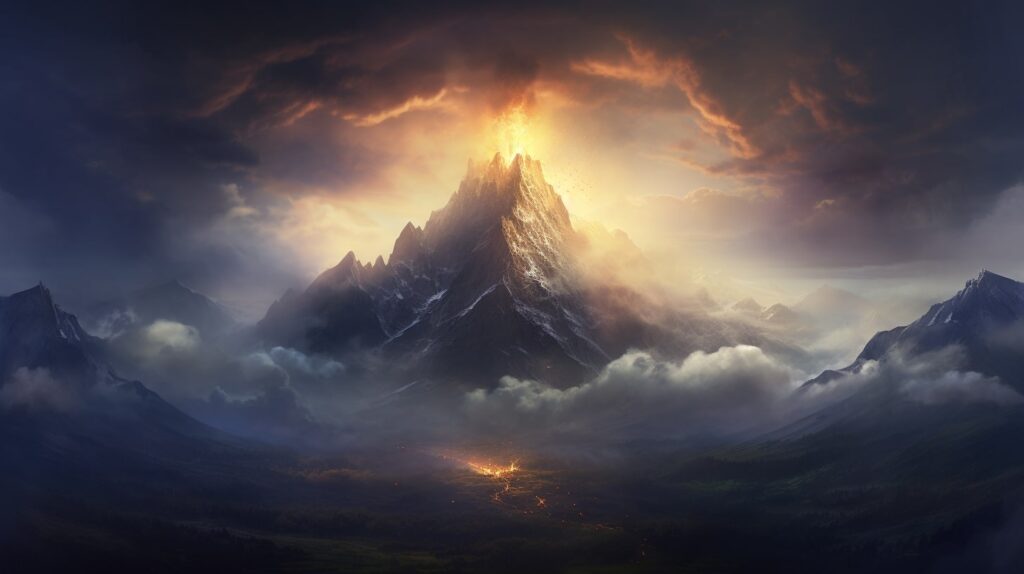
The Benefits of Well-developed Worlds
Incorporating worldbuilding into your writing process offers several benefits. Firstly, a well-developed world adds depth and richness to your story, making it more engaging and memorable. It allows readers to escape into a fully realized realm and explore its intricacies alongside your characters.
Additionally, a well-crafted world can serve as a source of inspiration for your storytelling. The unique elements of your world can spark ideas for plot points, conflicts, and character development.
The world itself can become a character, influencing the narrative and driving the story forward.
Lastly, a well-developed world can set the stage for expansion and exploration beyond your initial story.
If readers become captivated by your world, they may seek more stories set within it, opening the door for sequels, prequels, or spin-offs. This can create a dedicated fanbase eager to delve deeper into your imaginative realm.
By incorporating worldbuilding into your writing process and creating a well-developed world, you can elevate your storytelling, captivate your readers, and embark on an exciting journey of imagination.
So, embrace the art of worldbuilding, unleash your authorial skills, and craft imaginary realities that leave a lasting impact.


